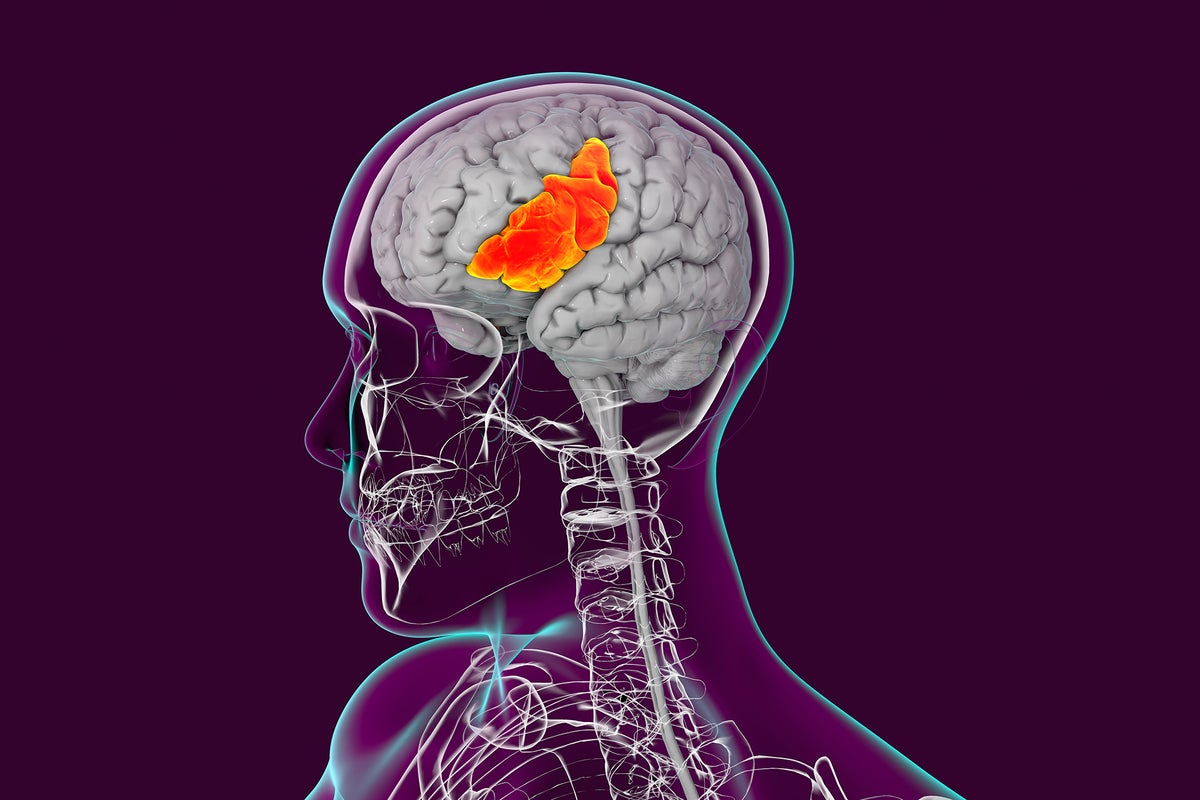For the first time, a brain implant has helped a bilingual person who is unable to articulate words to communicate in both of his languages. An artificial-intelligence (AI) system coupled to the brain implant decodes, in real time, what the individual is trying to say in either Spanish or English.
The findings, published on 20 May in Nature Biomedical Engineering, provide insights into how our brains process language, and could one day lead to long-lasting devices capable of restoring multilingual speech to people who can’t communicate verbally.
[…]
The person at the heart of the study, who goes by the nickname Pancho, had a stroke at age 20 that paralysed much of his body. As a result, he can moan and grunt but cannot speak clearly.
[…]
the team developed an AI system to decipher Pancho’s bilingual speech. This effort, led by Chang’s PhD student Alexander Silva, involved training the system as Pancho tried to say nearly 200 words. His efforts to form each word created a distinct neural pattern that was recorded by the electrodes.
The authors then applied their AI system, which has a Spanish module and an English one, to phrases as Pancho tried to say them aloud. For the first word in a phrase, the Spanish module chooses the Spanish word that matches the neural pattern best. The English component does the same, but chooses from the English vocabulary instead. For example, the English module might choose ‘she’ as the most likely first word in a phrase and assess its probability of being correct to be 70%, whereas the Spanish one might choose ‘estar’ (to be) and measure its probability of being correct at 40%.
[…]
From there, both modules attempt to build a phrase. They each choose the second word based on not only the neural-pattern match but also whether it is likely to follow the first one. So ‘I am’ would get a higher probability score than ‘I not’. The final output produces two sentences — one in English and one in Spanish — but the display screen that Pancho faces shows only the version with the highest total probability score.
The modules were able to distinguish between English and Spanish on the basis of the first word with 88% accuracy and they decoded the correct sentence with an accuracy of 75%.
[…]
The findings revealed unexpected aspects of language processing in the brain. Some previous experiments using non-invasive tools have suggested that different languages activate distinct parts of the brain. But the authors’ examination of the signals recorded directly in the cortex found that “a lot of the activity for both Spanish and English was actually from the same area”, Silva says.
Furthermore, Pancho’s neurological responses didn’t seem to differ much from those of children who grew up bilingual, even though he was in his thirties when he learnt English — in contrast to the results of previous studies. Together, these findings suggest to Silva that different languages share at least some neurological features, and that they might be generalizable to other people.
[…]
Source: Bilingual Brain-Reading Implant Decodes Spanish and English | Scientific American

Robin Edgar
Organisational Structures | Technology and Science | Military, IT and Lifestyle consultancy | Social, Broadcast & Cross Media | Flying aircraft

